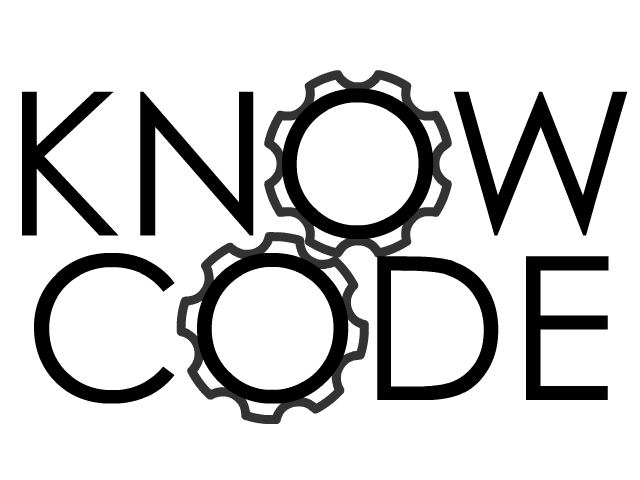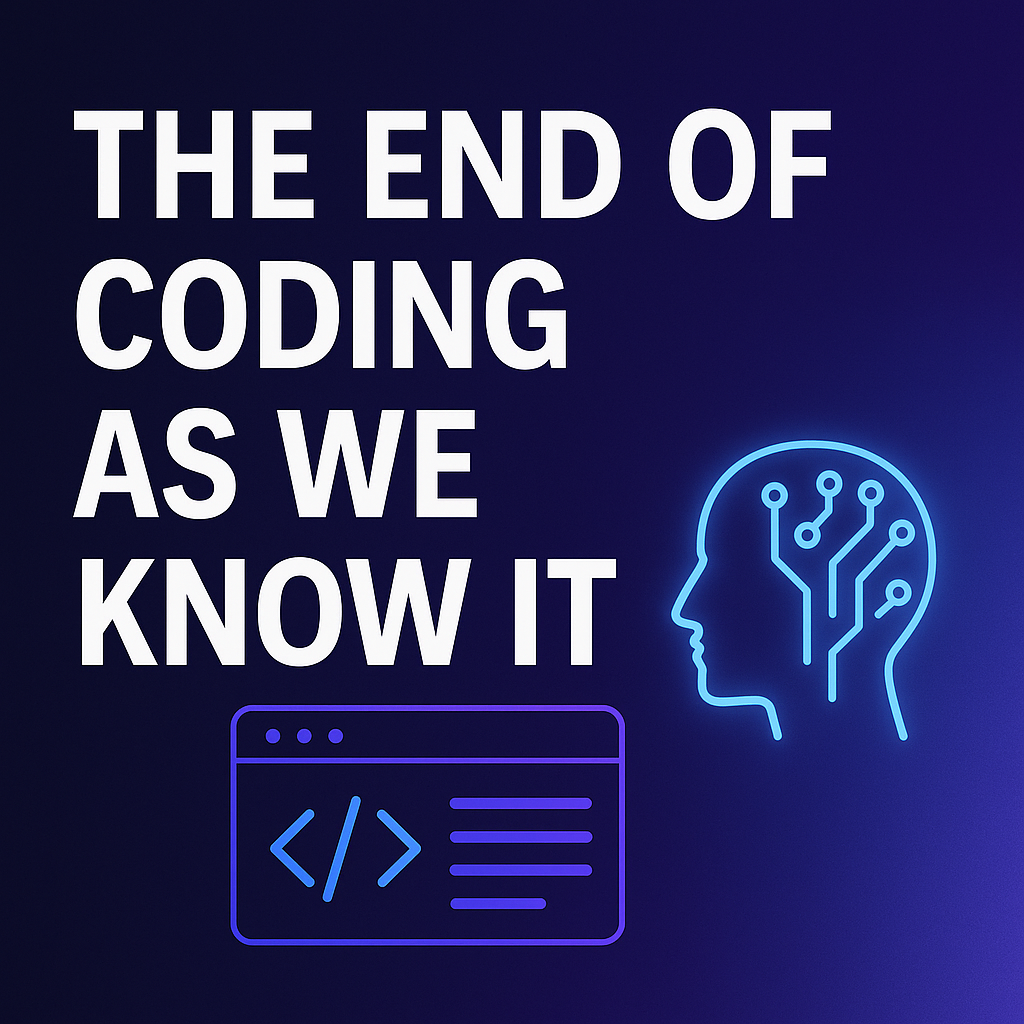The software development industry stands at an inflection point. Within the next 6-12 months, we will witness a fundamental shift in how applications are conceived, built, and deployed. The role of developers will transform from code writers to system architects and requirement engineers. I could have titled this - Team transformation and AI.
The Current State: Writing Code in the Past Tense
Today's development landscape is characterized by:
- Manual code writing across multiple languages (Python, Node.js, Java)
- Framework debates and technology stack decisions
- Version control complexities and deployment pipelines
- Significant time spent on implementation details rather than business logic
This approach, while functional, represents decades-old practices that are increasingly inefficient in an AI-powered world.
The Paradigm Shift: From Code to Requirements
The New Development Cycle
In the emerging paradigm, the development process will fundamentally change:
- Product Requirement Documents (PRDs) as Source Code
- Comprehensive system descriptions in natural language (Markdown)
- Functional and non-functional requirements clearly specified
- Business logic expressed in human-readable format
- PRDs become the authoritative source of truth
- AI-Powered Code Generation
- Machines translate requirements into working applications
- Technology stack decisions made by AI based on optimal performance
- Code becomes a compiled artifact, not a maintained asset
- Entire applications rebuilt from requirements as needed
- Validation Over Implementation
- Focus shifts to verifying AI-generated code meets requirements
- Automated testing ensures specification compliance
- Quality assurance evolves to specification validation
- Continuous regeneration replaces traditional maintenance
The Developer's Evolution
From Coders to Architects
The developer role will transform dramatically:
Today's Focus:
- Writing syntactically correct code
- Debugging implementation issues
- Managing dependencies and frameworks
- Maintaining codebases
Tomorrow's Focus:
- Designing comprehensive system specifications
- Defining clear business requirements
- Creating unambiguous functional descriptions
- Validating AI-generated implementations
The Value Proposition Shift
The true value will no longer be in coding ability but in:
- System Thinking: Understanding how components interact
- Requirement Engineering: Translating business needs into precise specifications
- Domain Expertise: Deep understanding of the problem space
- Quality Validation: Ensuring AI outputs meet intended purposes
Practical Implications
For Development Teams
- Skill Evolution
- Invest in requirement writing and system design
- Develop expertise in specification languages
- Focus on domain knowledge over syntax
- Process Transformation
- Adopt specification-first development
- Implement continuous validation pipelines
- Treat code as disposable, specifications as permanent
- Tool Adoption
- Embrace AI code generation platforms
- Develop robust specification management systems
- Create automated validation frameworks
For Organizations
- Strategic Planning
- Prepare for radically reduced development timelines
- Rethink traditional development team structures
- Invest in specification and validation capabilities
- Competitive Advantage
- Speed to market becomes specification speed
- Quality depends on requirement clarity
- Innovation focuses on business model, not implementation
The 6-12 Month Horizon
Based on current AI advancement rates, we predict:
- 6 Months: AI platforms achieving 90%+ accuracy in translating specifications to code
- 12 Months: Complete applications generated from comprehensive PRDs
- 18 Months: Industry-wide adoption of specification-first development
Case Study: The Insurance Platform Evolution
Consider a complex insurance application handling thousands of transactions monthly. Today, scaling requires:
- Extensive code refactoring
- Platform migrations
- Performance optimizations
- Team expansion
Tomorrow, scaling will require:
- Updated specifications for higher volume
- AI regeneration of the entire platform
- Automated validation of new capabilities
- Focus on business logic, not technical implementation
The Human Element Remains Critical
Despite AI's capabilities, human creativity and business understanding remain irreplaceable:
What AI Cannot Do
- Identify market opportunities
- Understand customer pain points
- Design innovative business models
- Make strategic product decisions
What Humans Must Do
- Define what problems to solve
- Determine product-market fit
- Create competitive differentiation
- Drive business strategy
Preparing for the Transition
Immediate Actions
- Document Everything
- Create comprehensive system specifications
- Build detailed requirement libraries
- Establish clear validation criteria
- Experiment with AI Tools
- Test current AI code generation platforms
- Measure accuracy and efficiency gains
- Identify gaps in current capabilities
- Evolve Team Skills
- Train developers in requirement engineering
- Develop specification writing standards
- Create validation frameworks
Long-term Strategy
- Organizational Transformation
- Restructure teams around specifications
- Redefine success metrics
- Adapt hiring practices
- Technology Investment
- Build specification management platforms
- Develop automated validation systems
- Create continuous regeneration pipelines
The Inevitability of Change
This transformation is not a possibility—it's an inevitability. Organizations that adapt early will gain significant competitive advantages:
- 10x Development Speed: From months to days
- Dramatic Cost Reduction: Fewer developers, more architects
- Enhanced Quality: Specifications drive consistency
- Infinite Scalability: Regeneration replaces refactoring
Conclusion: Embracing the Future
The future of application development is not about writing better code—it's about defining better systems. As AI assumes the implementation burden, human creativity and strategic thinking become more valuable than ever.
Success in this new paradigm requires:
- Accepting code as a commodity
- Investing in specification excellence
- Focusing on business value over technical prowess
- Preparing teams for fundamental role changes
The organizations that recognize and adapt to this shift will thrive. Those that cling to traditional development models risk obsolescence. The choice is clear: evolve or be left behind.
Call to Action
Start today:
- Begin documenting your systems comprehensively
- Experiment with AI code generation
- Train your team in specification writing
- Prepare for a world where code writes itself
The future of application development is specification-driven, AI-powered, and human-directed. The question isn't whether this change will happen—it's whether you'll be ready when it does.
This strategic analysis represents forward-looking perspectives on the evolution of software development. While based on current trends and capabilities, actual timelines and implementations may vary.

